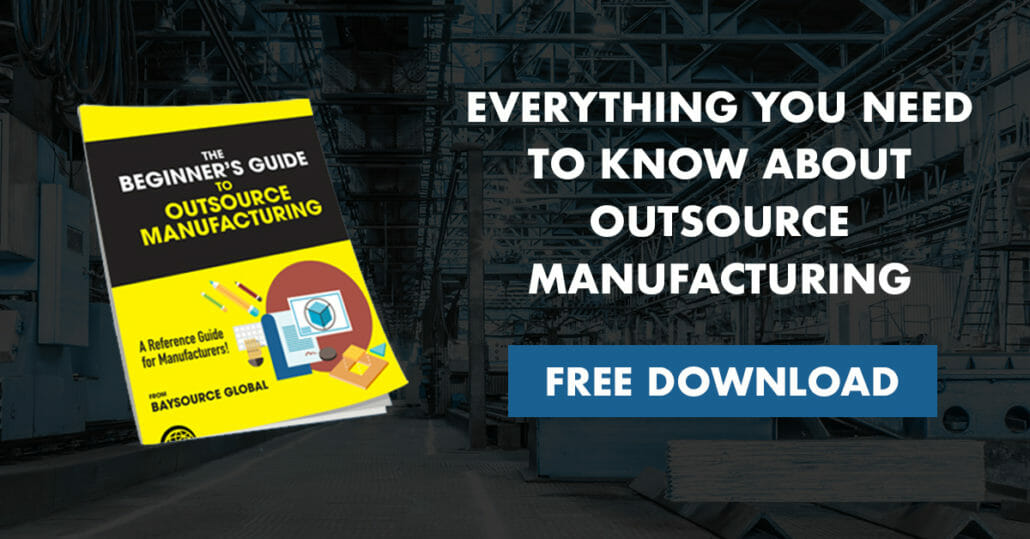Many people seek outsourcing production so they can focus their resources on the areas that increase revenue and profit. If outsourcing reduces manufacturing costs, the company can increase its revenue through a better focus on sales and marketing, therefore, increasing its profit margin as well. But this only works if you have a smooth outsourcing process. Before you sign a contract with a sourcing agent or factory, make sure to read the entire Beginner’s Guide to Outsource Manufacturing.
1. What is Outsource Manufacturing?
Outsource manufacturing consists of hiring people outside of the company to assemble parts of, or build an entire product. The main reason why companies chose to do this is to cut costs. Labor is often among any company’s largest costs. Outsourcing parts of the production line to a third party in a lower cost location leads to a significant decrease in production costs. It is more affordable to outsource production processes to companies that have a comparative advantage in that area than to produce them internally. Many times one of the greatest advantages of outsourcing is to utilize assets (plant, property and equipment) already in place without having to make an investment in fixed costs.
2. When Does Outsource Manufacturing Make Sense?
Manufacturing companies have a myriad of reasons for outsourcing production, but the main drive for deciding in favor of outsourcing usually boils down to one thing: cost reduction. Businesses often outsource manufacturing processes with the aim of making a fixed cost fully variable. It makes sense to outsource those activities or processes where other suppliers have competitive advantages in place or are already performing. If any part of the line of production, from conceptual design to finished product, can be completed faster or at a lower cost elsewhere, it is best outsourced. For example, companies who have skilled and certified employees who are familiar with specific processes means greater efficiency and increased speed to market without the investment of time and training.
3. Identifying the Right Manufacturer
Choosing a contract manufacturing organization (CMO) is critical. Choose the wrong contractor, and you could be faced with delays and cost overruns. With much on the line, decisions should be made based on proven strategies. With the right preparation and a well-documented RFP, selecting a CMO means doing good work on the front end to avoid pitfalls down the road.
4. How to Qualify a Manufacturer
There are literally thousands of manufacturers who produce the same categories of products. It’s important that you select the manufacturer that will best serve your interests in terms of quality, cost, and punctuality without compromising any of your philosophies.
5. How to create a Request for Proposal
Creating a quality RFP is absolutely crucial. This is where you define your objectives and create the requirements that your potential manufacturers must live up to. You need convey the right information and ask the right questions so that both you and the manufacturers are able to achieve an accurate understanding in order to avoid surprises later on. Before you begin writing, you need to define the project and your specific needs. You are trying to find the perfect “who” for your project. You need to be able to delineate the what, when, where and how.
This is just a piece of what you will learn from this fully-comprehensive guide.




Follow Us